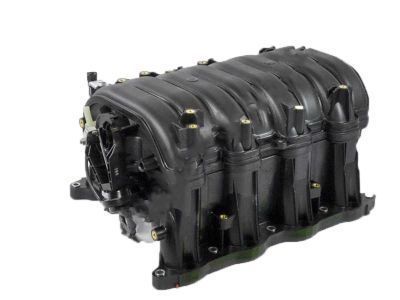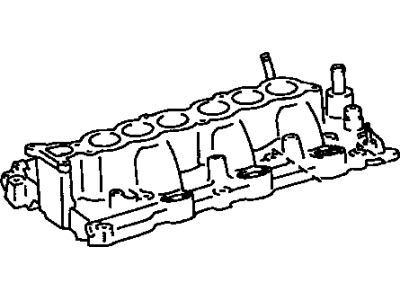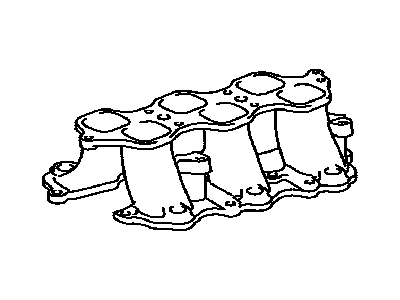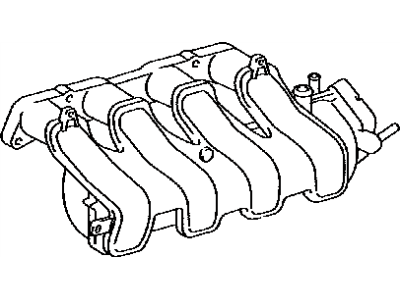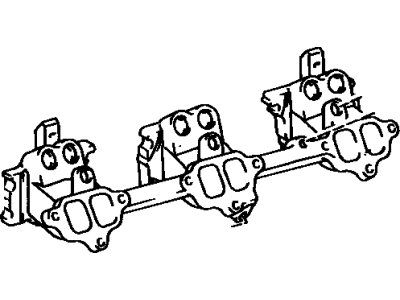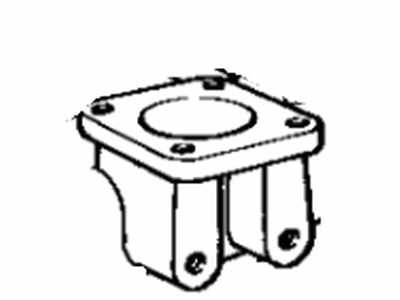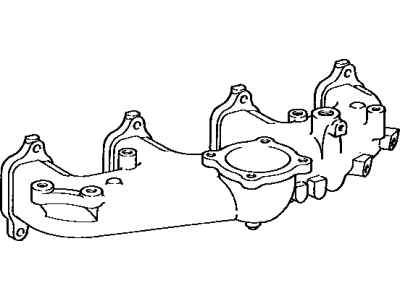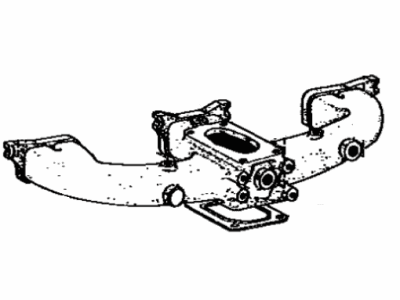

My Garage
My Account
Cart
Genuine Toyota Land Cruiser Intake Manifold
Engine Intake Manifold- Select Vehicle by Model
- Select Vehicle by VIN
Select Vehicle by Model
orMake
Model
Year
Select Vehicle by VIN
For the most accurate results, select vehicle by your VIN (Vehicle Identification Number).
14 Intake Manifolds found
Toyota Land Cruiser Intake Manifold
Part Number: 17120-50020$1226.39 MSRP: $1831.17You Save: $604.78 (34%)Ships in 1-3 Business DaysToyota Land Cruiser Manifold Assembly, INTAK
Part Number: 17120-38031$1500.66 MSRP: $2240.69You Save: $740.03 (34%)Ships in 1-3 Business DaysToyota Land Cruiser Manifold Assembly, INTAK
Part Number: 17120-38033$1500.66 MSRP: $2240.69You Save: $740.03 (34%)Ships in 1-3 Business DaysToyota Land Cruiser Intake Manifold
Part Number: 17120-50011$1226.39 MSRP: $1831.17You Save: $604.78 (34%)Toyota Land Cruiser Intake Manifold
Part Number: 17120-38030$1500.66 MSRP: $2240.69You Save: $740.03 (34%)Ships in 1-3 Business DaysToyota Land Cruiser Manifold Assembly, INTAK
Part Number: 17120-0S011$1048.49 MSRP: $1565.53You Save: $517.04 (34%)Ships in 1-3 Business DaysToyota Land Cruiser Intake Manifold
Part Number: 17101-66020$409.29 MSRP: $610.59You Save: $201.30 (33%)Ships in 1-3 Business DaysToyota Land Cruiser Intake Manifold
Part Number: 17101-50020$594.40 MSRP: $887.51You Save: $293.11 (34%)Ships in 1-3 Business DaysToyota Land Cruiser Manifold Assembly, INTAK
Part Number: 17120-38032$1500.66 MSRP: $2240.69You Save: $740.03 (34%)Ships in 1-3 Business DaysToyota Land Cruiser Intake Manifold
Part Number: 17111-60090$193.80 MSRP: $277.90You Save: $84.10 (31%)Ships in 1-3 Business Days
Toyota Land Cruiser Intake Manifold
If you are in demand for superior quality and affordable OEM Toyota Land Cruiser Intake Manifold, then shop with us! We own a wide range of the reduced-priced genuine Toyota Land Cruiser Intake Manifold. You can purchase in confidence as all parts come with a manufacturer's warranty. Any issues with our products? No need to worry as we have a hassle-free return policy to guide you every step of the way.
Toyota Land Cruiser Intake Manifold Parts Questions & Experts Answers
- Q: How is the removal of the intake manifold performed in DOHC engine on Toyota Land Cruiser?A:Before fully disconnecting the intake manifold for separating it from the car, loosening the negative terminal of the battery disconnect the car's ignition is advised, depending on the car stereo, it may have an anti theft feature that requires the input of a code. Also, turn off the PCV and vacuum hoses that are affixed to the manifold and those for the brake booster and the air conditioning system idle-up actuator and then unhook the system. Take off the throttle body and the air intake plenum, then the fuel rail and injecting units. Remove vacuum hoses from the EGA valve and vacuum modulator, put them aside with the corresponding marks, and, in turn, dismantle the EGA pipe in the manifold, put the EGA assembly aside. Disconnect the ground strap and loose the anchor nuts/bolts of the manifold assembly to disengage it from the engine's compartment, which also require detaching the wiring harness, the bolts of the lower intake manifold, as well as those two nut on the steel line below the car. For installation, one must remove any foreign material on the mating surfaces of the manifold and cylinder head and use lacquer thinner or acetone for the same; in the case of a weeping gasket, the manifold should be checked for warpage and resurfaced if needed. Then replace the gasket and then place the manifold over the cylinder head and then using nuts/bolts to fix it, however tighten the nuts/bolts in three even quarter turns to avoid warping the manifold that may result in gasket leakage. Replace the rest of the parts in reverse order, ensure that; the throttle linkage moves smoothly before starting the engine, and finally when the engine is running look for signs of coolant and vacuum leaks. Last, take the vehicle for a road test where all the accessories would have to be tested such as the cruise control if it is installed.
Related Toyota Land Cruiser Parts
Browse by Year
2021 Intake Manifold 2020 Intake Manifold 2019 Intake Manifold 2018 Intake Manifold 2017 Intake Manifold 2016 Intake Manifold 2015 Intake Manifold 2014 Intake Manifold 2013 Intake Manifold 2012 Intake Manifold 2011 Intake Manifold 2010 Intake Manifold 2009 Intake Manifold 2008 Intake Manifold 2007 Intake Manifold 2006 Intake Manifold 2005 Intake Manifold 2004 Intake Manifold 2003 Intake Manifold 2002 Intake Manifold 2001 Intake Manifold 2000 Intake Manifold 1999 Intake Manifold 1998 Intake Manifold 1997 Intake Manifold 1996 Intake Manifold 1995 Intake Manifold 1994 Intake Manifold 1993 Intake Manifold 1992 Intake Manifold 1991 Intake Manifold 1990 Intake Manifold 1989 Intake Manifold 1988 Intake Manifold 1987 Intake Manifold 1986 Intake Manifold 1985 Intake Manifold 1974 Intake Manifold 1973 Intake Manifold 1972 Intake Manifold 1971 Intake Manifold 1970 Intake Manifold 1969 Intake Manifold
